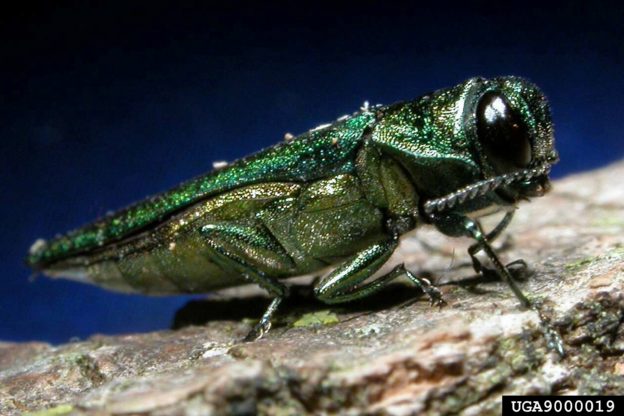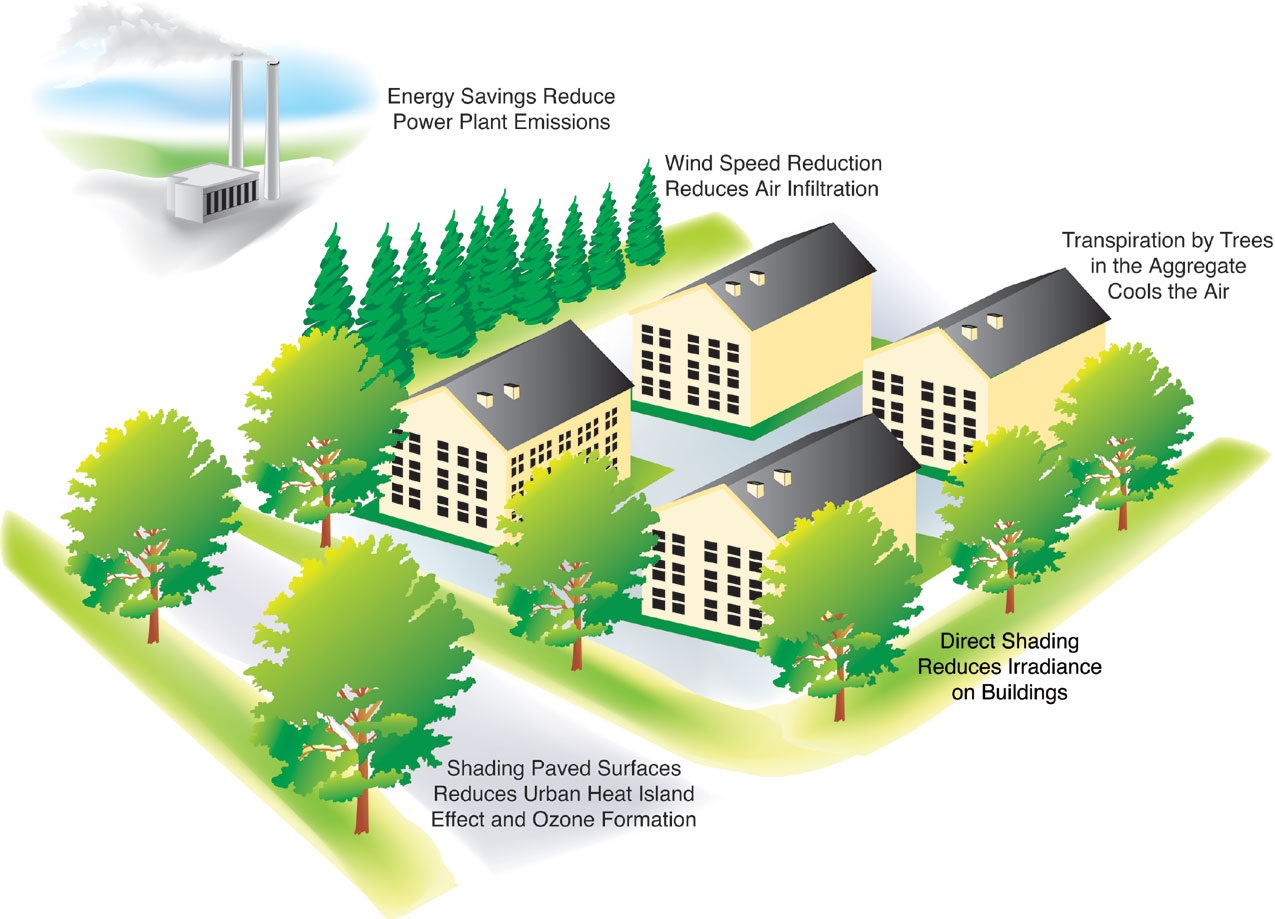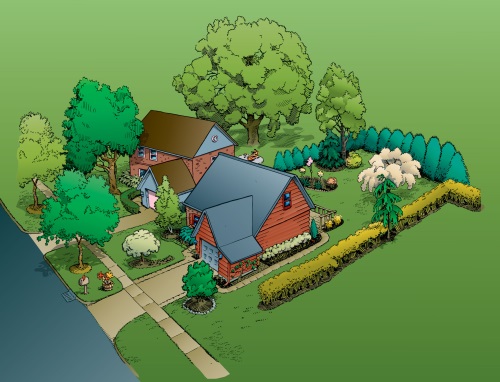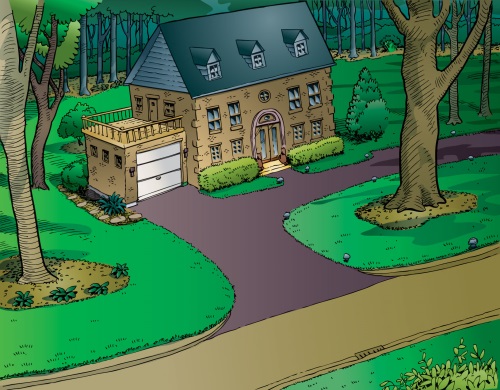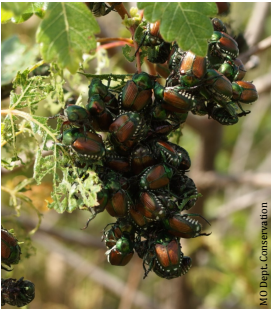Below is an article Noel, our owner, recently wrote for TCI Magazine on employee retention through engagement
We all know how hard it is to find good help right now. While hiring great help is a challenge, it’s just the first part of building a great staff. Your company is probably a mix of experienced help, untrained new hires and everything in between. Maybe you are still trying to figure out which members of your team you want to retain and which ones you might need to “release to their destiny.” When do you start to invest in an employee’s long-term future in your company? More importantly, how are you going to retain your best people?
Compensation, security, growth, and management are just a few pieces of the employee-retention puzzle. Another element, and the one I want to focus on most for this article, is engagement. When employees are engaged, it means they are fully absorbed by and enthusiastic about their work. They are more likely to take positive actions to further the organization’s reputation and interests. Engaged employees feel they can make a difference and want to be a part of something larger than just their own position. Engaged employees are happier and more productive and are connected with each other.
Before I lay out some strategies to get your team more engaged, I must confess that I have failed in this endeavor numerous times in my own company. I have a small team of 13 people, and we have a very low turnover rate. Most of my employees have been with me for more than five years. But on several occasions, I have kept a productive employee around who I was not able to engage in our ethos of teamwork and constant improvement. Sure, they could climb a tree and operate machinery, but their unwillingness to buy in and become a part of our team culture led to other crew members not wanting to work with them and a general negative attitude within the ranks. Employee retention cannot be about keeping every employee; it has to be about keeping and engaging the best people and removing the ones who damage your company spirit.
Some of the basic tenets for engaging your employees are:
• Employees who understand their goals and how they relate to the company’s goals are more engaged.
• Employees who receive regular feedback and rewards are more engaged.
• Employees who are given opportunities to grow, learn and advance are more engaged.
I know, I just made it sound so easy. But we all know that none of these are as easy as they sound. I will share a few ways we have found to accomplish these goals in our company, with the disclaimer that what works in our culture may not work in yours. Because we are such a small company, we are able to employ many informal practices that may not be possible in larger companies. Engagement looks different in every company!

When it comes to understanding goals, there are countless ways to accomplish the task. I used to work at a company where each employee’s production was posted on a chart on the wall, where you could see your goals and compare them to others’. It worked there, but I chose a different route for our company because of my concerns that that system might cause more emphasis on competition within the company than teamwork and common goals.
We operate as an “open-book” company, so any employee can see where the money comes from and where it goes at any point in time. This gives all employees a better view of the big picture, and we welcome ideas from all team members on how we can be more efficient and profitable. As the company grows and becomes more profitable, all team members reap the benefits. Last year, every employee in our company received two raises because of their engaged efforts to raise the bar on quality and production.
For number two, feedback and rewards, we are always looking for better ways to let each team member know where he or she stands. To be honest, this practice is a very difficult one to manage in a company of any size. Part of the issue is that some team members really want to have the formal written employee review, while others prefer to just be pulled aside for a conversation about improvement – or a very public, kick-ass high five in front of everyone for their successes. We try to do a combination of both, although it is a struggle to make the time for formal reviews.
One other reward we use in our company is called “F-yeah Friday.” There are many weeks when we all get to the end of the day on Friday and everyone can just feel that we have had a really great week. We all gave 100%, nothing got broken, quality was top-notch and we worked safely. While there is no numeric formula that designates it as an “F-yeah Friday,” it is a feeling of team accomplishment that leads to the occasional unexpected meeting at the end of the day where everyone gets a few hundred dollars of cash from my checking account and a frosty beer while we talk about what our weekend plans are. While I eat the expense personally, it is worth it to provide them immediate feedback and reward for high performance as a team.
Of the three engagement tenets above, I most enjoy giving my crew opportunities to grow, learn and advance. One of our strongest cultural values is personal improvement. We encourage and reward credentialing. Because of the focus we put on certifications, we have two ISA Board Certified Master Arborists and seven more ISA Certified Arborists in a company of 13 people. While it takes time to get the ball rolling, I have found that once you get buy-in from a few, the interest in becoming certified becomes contagious. Another part of our investment in advancement is our company participation in the tree-climbing championship circuit. As a former competitor, I know how the competitions fueled my fire as I grew as an arborist. Now we have a company bus we take to several comps each year (except this year, as all were canceled!), and most of our team either compete or volunteer at the events. After every trip, the climbers on the crew can’t wait to use the new tricks and techniques they learned. The crew members also become emotionally engaged because of their exposure to a much larger view of our industry, instead of seeing only our little corner of the world.
I have many friends in the tree care business who have even better employee-retention rates than our company, and in every case, the reason is that their team is fully engaged and pushing together to be a success. Unfortunately, there is not room in this article to compile all the methods being implemented, but I am excited to have shared a few things that have worked well within our team. I encourage you to think of ways you might look past the usual tools of employee retention, like compensation and benefits. We will almost always find employees who are willing to stay if the money is right, but employees driven solely by income can poison your company’s culture. It is also unfortunate that some good employees will leave your company for personal reasons, even after you have trained them to proficiency. While it is disappointing to see a good employee leave after you have trained them, your company will suffer more if you don’t invest in them and they never go away.
If you would like to read this article on the TCI Magazine website, click here!
All About Trees is caring for Springfield’s urban forest, one tree at a time.



